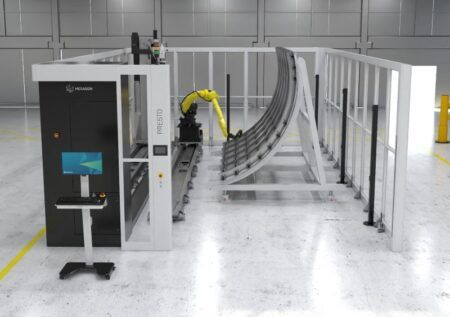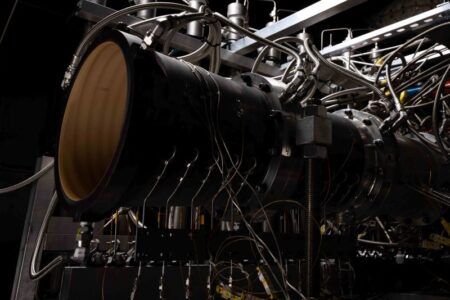Researchers from Canada have developed a de-icing system that automatically detects and melts ice on an aircraft without the need for human intervention.
The smart, hybrid – meaning passive and active – de-icing system works by combining an interfacial coating with an ice-detecting microwave sensor. The coating integrates the sensors into the material while enabling heat to dislodge ice.
The system has been developed by engineers at the University of British Columbia and the University of Toronto.
Mohammad Zarifi, associate professor at the University of British Columbia Okanagan campus and the report’s co-author said, “Many of us have had the misfortune of sitting on a plane waiting for it to be de-iced while fretting about missing a connecting flight. Our new technology takes a hybrid approach by adding sensors within an ice repellent coating that can easily be added to aviation or wind turbine blades.”
Ice mitigation strategies can be divided into either active or passive methods. Active de-icing involves an external energy input used to remove the ice, typically through thermal, chemical, or mechanical methods. In contrast, passive de-icing either reduces the accretion rate of ice, lowers the adhesion strength between ice and the surface, or both.
“Neither route towards an ice-free surface is seen as a cure-all today, as active de-icing methods utilize substantial energy but passive de-icing coatings cannot keep a surface ice-free indefinitely,” said Zarifi. “A hybrid system that combines passive and active de-icing technologies may be an attractive solution to the ice-accretion problems.”
The sensor beneath the coating that is applied to an aircraft acts as an ice detector and prompts the embedded heaters to melt the ice automatically. This creates a substantial improvement in energy efficiency.
Zahra Azimi Dijvejin, lead author of the research said, “The hybrid approach allows the operator to quickly and accurately monitor the equipment sustainably.
“The equipment won’t need to be de-iced unnecessarily—avoiding wear-and-tear and wasteful energy usage—because the sensors can determine the need.”
The sensors, which are integrated into innovative materials, could keep surfaces ice-free without the need for further chemicals or energy-intensive methods.
“We are moving from our experimentation phase into real-life usage and have seen the technology hold up to harsh conditions,” added Zarifi. “We’re currently working with Canadian turbine manufacturers to incorporate the technology for the upcoming winter.”
The research paper for the de-icing system has been published in this month’s edition of Nature Communications.





